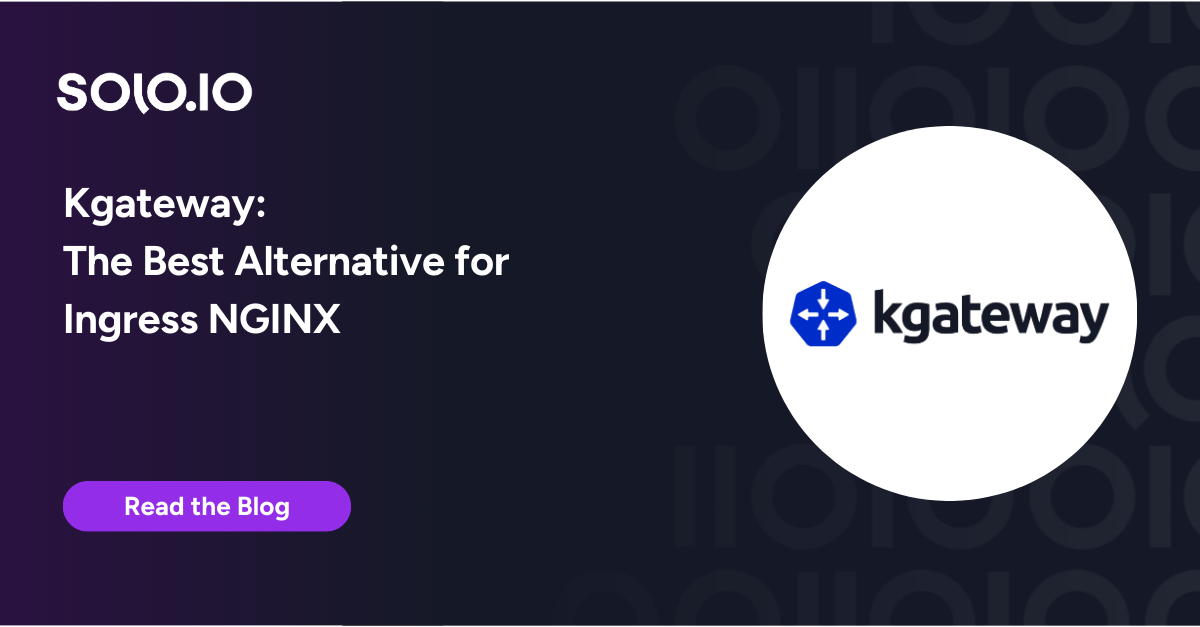Developers don’t necessarily need to know where their applications are running. They care more about implementing business logic and making their applications observable.
The platform team should be able to handle the rest: networking, security, and support for global observability.
Gloo Platform is a modern and cloud native application networking solution. It provides a unified API to control both the north-south traffic and the east-west traffic. Gloo Platform takes over the full lifecycle management of Istio and extends its capabilities.
In this article, we’ll explore one of the main capabilities of Gloo Platform: the ability to move workloads smoothly.
The challenge
Let’s say you are using OpenShift Platform, and your company is amidst a huge digital transformation program, moving various business units toward cloud migration.
A common tactic we often see with our customers is to start with a cloud-based or cloud native API Gateway and progressively onboard APIs, even if the associated services or workloads are still running on-premise. That generally works! But what happens when the workloads are then migrated to the cloud? How do you manage blue/green deployments or progressive rollouts for east-west communications? What happens if you are using multiple cloud providers? How do you ensure some global consistency for traffic routing and security policies?
As an application networking framework, Gloo Platform handles client requests and routes them to the cloud and machine where the workloads are actually running. It can be anywhere on one or many of your clusters. Only an enterprise service mesh can perform this magic.
Demo: Lifting from OpenShift to various cloud providers
The following schemas describe steps for lifting an application called “HTTPBIN” from OpenShift to two cloud platforms: GCP and AWS.
Initially, traffic enters the cluster through the Openshift Router (typically HAproxy or an Ingress controller) and is forwarded to the “<OLD> HTTPBIN” application. Then, the next schemas introduce various Gloo components and use cases:













Below is another example of a seamless lift & shift between a legacy service to AWS Lambda:

The key to success here was the adoption of Istio as a service mesh and a pivot for modernization. Fully orchestrated and reasonably extended by Gloo, Istio is responsible for all the network magic and seamless operations from a developer’s perspective. The cross-cluster east-west communications demonstrated here are extremely powerful and can be adapted to most real-world environments.
To learn more about the Gloo platform, register for an upcoming event or contact us.

























%20a%20Bad%20Idea.png)











%20For%20More%20Dependable%20Humans.png)











